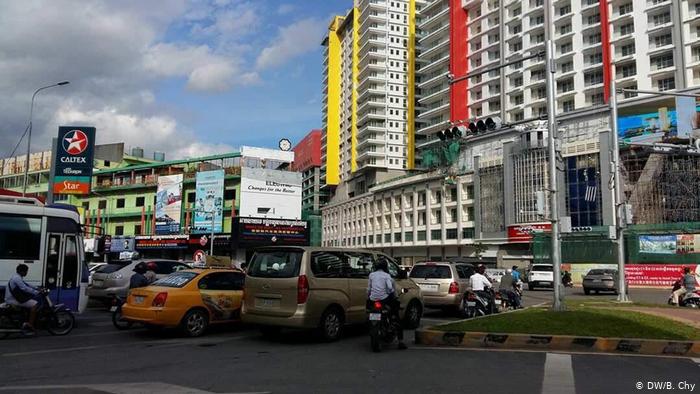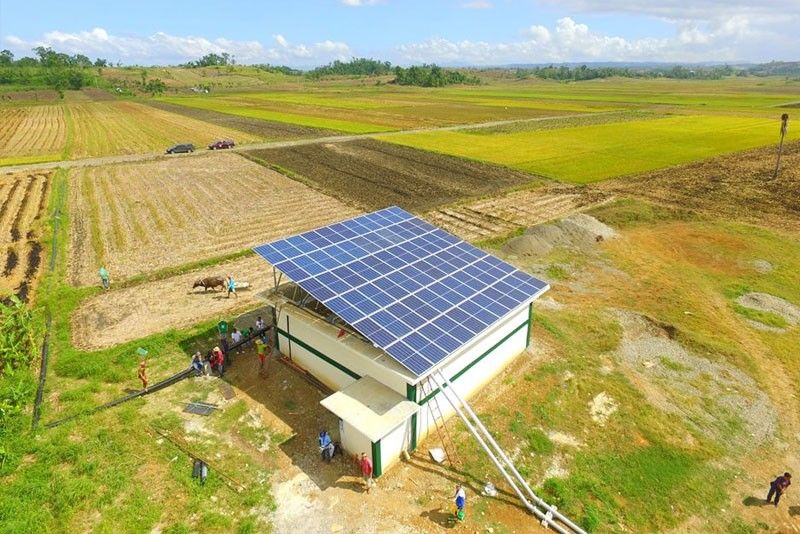MANILA — The Department of Energy (DOE) called for conservation and efficient use of electricity so the thinning power supply can keep up with the high demand.
This call was issued after the Luzon grid was placed on red alert for several hours on Wednesday morning after some power plants went on unplanned outages and reduced capacity.
In a statement issued noontime, the Energy Department said power interruptions may occur between 1:01 p.m. to 4 p.m. “if the actual demand is not able to save around 130.4 MW (megawatt) through energy efficiency and conservation measures.”
The National Grid Corporation of the Philippines (NGCP), in an earlier report, said the red alert notice was on several instances, specifically on 10:01-11 a.m. and 1:01- 4 p.m.
The less urgent yellow alert was also raised during the 9:01-10 a.m., 11:01 a.m. to 1 p.m., 4:01-5 p.m. and 6:01-9 p.m. intervals.
Citing reports from NGCP and the power plants, DOE said supply was reduced by total of 1,352 MW after four power plants went on forced outages.
These are the Unit 1 of the 1,200-MW Sual Power Station in Sual, Pangasinan, which is not operational from April 9-14, 2019 due to piping leak on the boiler circulating pump; the Unit 2 of the South Luzon Power Generation Corporation (SLPGC), operations of which was stopped last April 7 due to vibration in primary air fan. The SLPGC U2 is expected to go back online on April 21, 2019.
Also, operations of the Unit 3 of the Pagbilao Power Plant in Quezon Province were put on hold last April 2 and this will last until April 16 due to boiler slagging while Unit 1 of the South Luzon Thermal Energy Corporation (SLTEC) is not operating since March 20 and will last until April 13 due to boiler tube leak.
Meanwhile, Unit 1 of the Malaya Power Plant in Rizal is on de-rated situation from its original capacity of 300 MW to just 150MW because of isolation of high-pressure heater. Unit 2 of the Calaca Power Plant in Batangas was also de-rated from 300MW to 200MW because only half of its condenser is operating.
DOE said it is in close coordination with industry players to monitor demand upticks as well as to stay ahead of operational issues that may occur in power plants.
“The DOE, through its Energy Utilization Management Bureau (EUMB) reiterates the importance of its ‘Save, Save, Save’ energy efficiency campaign, not only to incur more savings, but also to ensure uninterrupted electricity services this summer season,” it added. (PNA)









